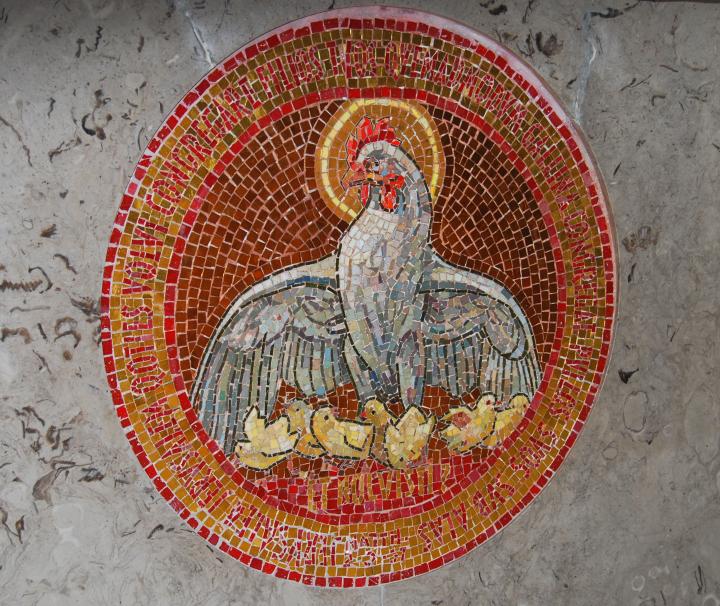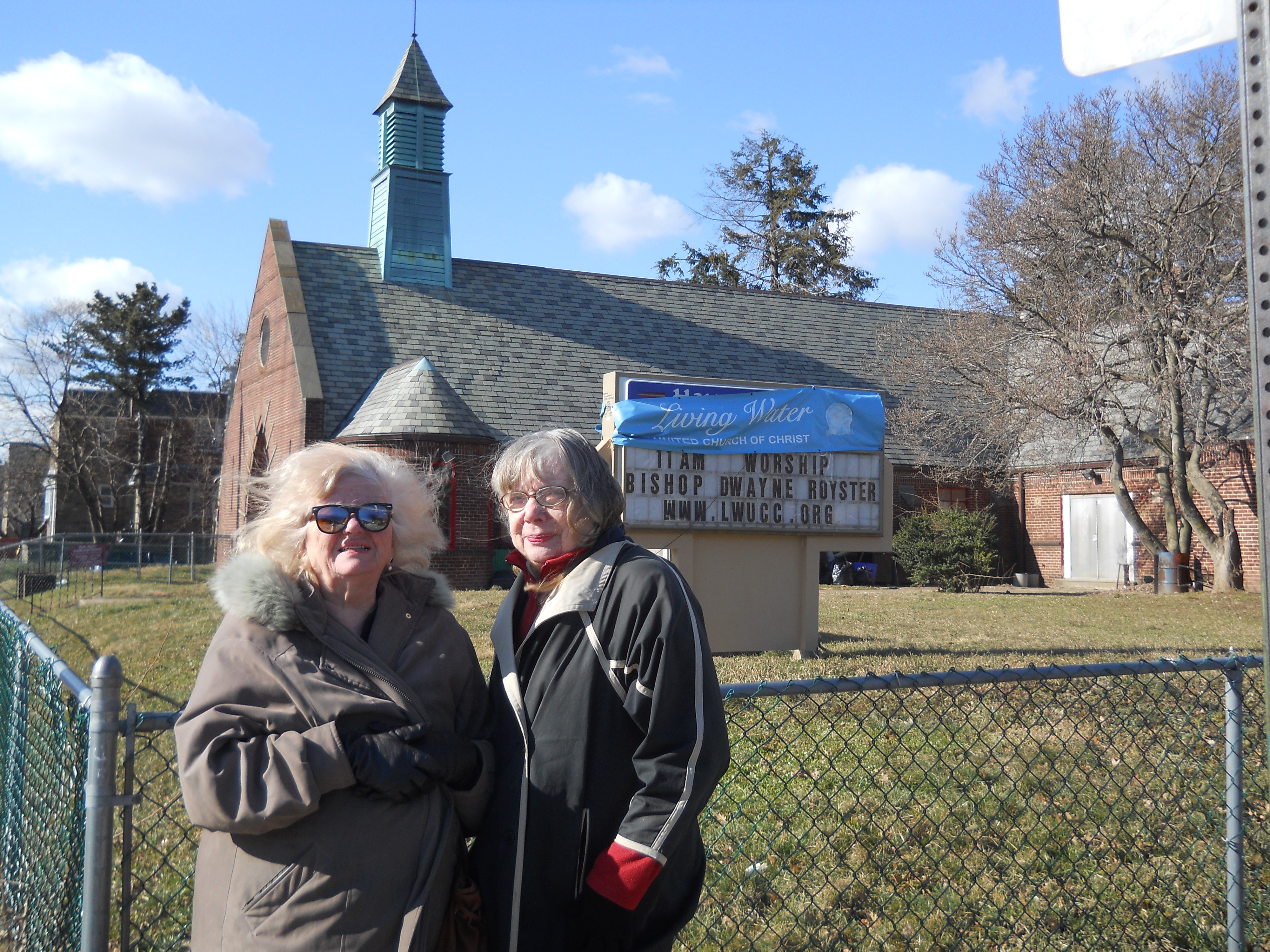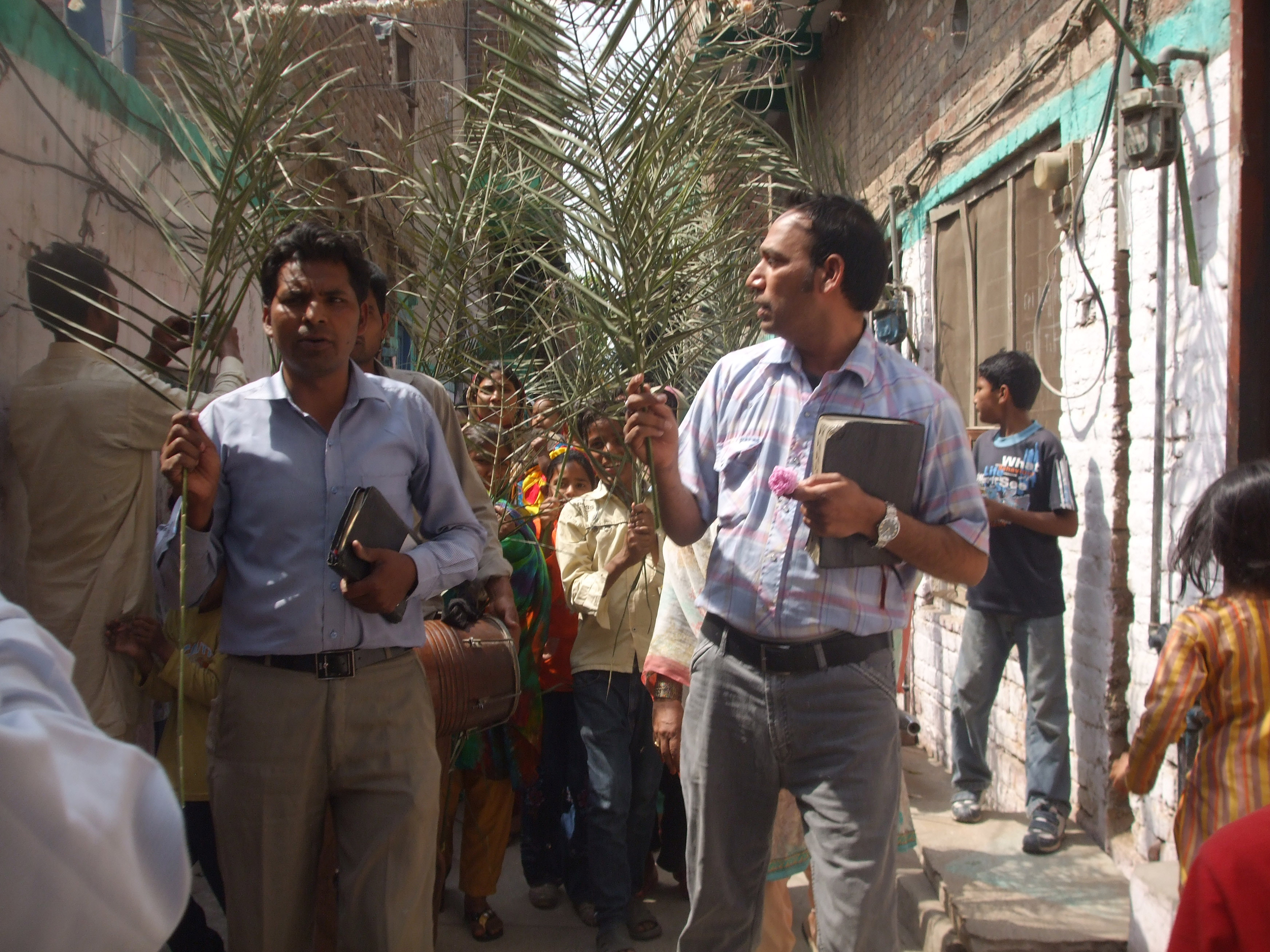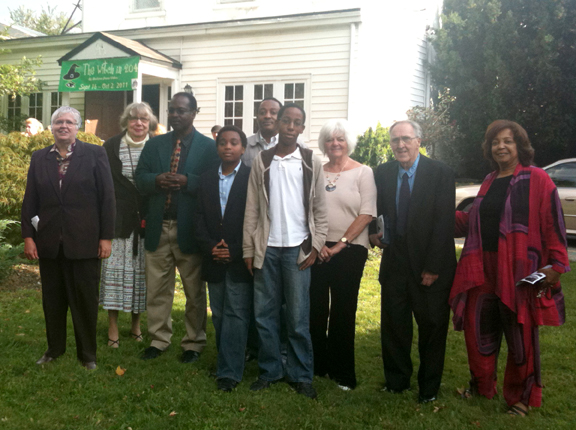Do We Earn Misfortune?
Today’s gospel starts out with the common human feeling of hopelessness and despair. The people are reporting one tragic news story after another, laying each at Jesus’ feet, and asking “Why?”
“Why?” is the question that draws many people to religion. We want to live in a world that makes sense.
Jesus does not really answer his questioners. He is like a mother turning to a relentlessly inquisitive tot and saying “Why? Because! That’s why.”
He decides to tell the story of the fig tree. Divert their attention—another mother’s trick!
You can tell the story of the fig tree, too. You might follow it with another story that might help them see this parable in a different way.
Tell the Story of the Three Little Pigs.
 Or let the congregation tell the story. They probably know it better than the parable of the fig tree and telling it along with the Jesus’ story may help them remember it.
Or let the congregation tell the story. They probably know it better than the parable of the fig tree and telling it along with the Jesus’ story may help them remember it.
Start the story and ask them what happens next.
There are many versions. So expect some different answers. That will be part of the fun of letting others tell the story. Some tellings of the story have the first two pigs deserving to lose their lives and homes. They were lazy and arrogant, preferring to do just enough to get by and playing away the rest of their lives. They deserve to be the Big Bad Wolf’s dinner. Only the third pig who planned ahead, worked hard, and sacrificed to build a strong home deserved to be spared.
Similarly, the Wolf deserves to boil in the third pig’s soup pot.
The Disney version has the first two wolves running to the third pig’s brick home for safety. The wolf survives having learned a lesson from being burned. Happy endings all around.
It’s human nature to try to make sense of stories and have them apply to our need for fairness and justice. We like when stories have happy endings. We want to love that reformed wolf.
That’s exactly what the people who came to Jesus with their troubles are hoping for—answers that make sense. Bad things must be reserved for bad people in our earthly thinking. What’s the point of religion if good doesn’t flow steadily from its fountain?
But look at the Story of the Three Pigs this way.
- The three pigs each face disaster.
- One lives in a straw house.
- One lives in wooden house.
- One lives in brick house.
- The evil one, the Big, Bad Wolf sets out to hurt each little pig. Why? Because he wants to and because he thinks he can. The motive of all villains.
What did the pig who built his house of straw do to deserve losing everything? If laziness and arrogance were reasons for misfortune, many would suffer daily!
The pig who built his house of wood had taken more precaution than the pig who used straw. Shouldn’t he be spared something? Aren’t their levels of righteousness?
We usually see the brick house as being the solution. Create for yourself a safe world that evil cannot penetrate.
Adults know that there are no such guarantees. There are clever and persistent wolves out there.
True, the wolf was unable to blow down the brick house, but that didn’t stop him. He plotted to lure the pig out of the house. The third pig outwitted him until at last the Big Bad Wolf decides to come in through the chimney. The third pig doesn’t just sit there. He does something. He lights a fire and the Big Bad Wolf gets his just dessert.
None of the three pigs deserved to be the target of the evil. Evil and misfortune happen.
But none of the pigs was a bit the better for simply accepting his lot. The third pig got ready. He used his head. He stoked the fire.
Returning to the biblical story, he took care of the fig tree.












